鲜花怎么选?颜色怎么选?选花的背后有什么禁忌吗? Chinese learning guide to flower culture in China
That's Mandarin 2024-03-21 14:48

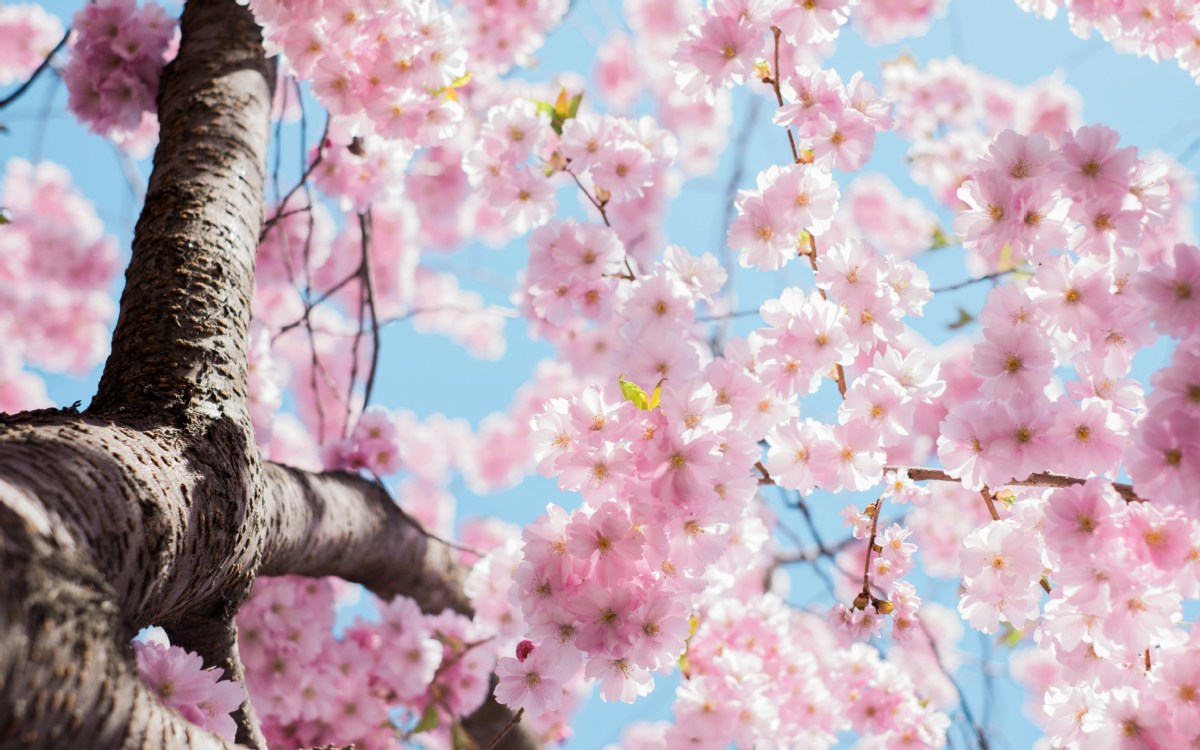
As the blossoming season approaches, you can see the floral touch of spring everywhere around. Peaches, cherries, magnolias, and other beautiful flowers and trees have already begun to bloom.
Let's learn about this beautiful topic and discover all you need to know about flowers in China.
Importance of Flowers in Chinese Culture
For centuries, 花 (huā), flowers have been important in Chinese culture. They've appeared in many poems, paintings, culinary, and also took part in traditional ceremonies and festivals.
01. Flowers of the Four Seasons
The Flowers of the Four Seasons is a Chinese idea that shows how different flowers represent each season. The concept reflects the Chinese appreciation for the beauty of nature and the cyclical rhythms of life.
四季名花
Sì jì Míng huā
Flowers of the Four Seasons
(lit. "four-season-famous-flower")
The flowers that represent each of the four seasons consist of:
Spring: 春兰 (chūn lán), orchid
Summer: 夏荷 (xià hé), lotus
Autumn: 秋菊 (qiū jú), chrysanthemum
Winter: 冬梅 (dōng méi), plum blossom
02. Symbolizm of Flowers
Flowers hold deep symbolic meanings in Chinese culture, often representing virtues, emotions, and natural elements. Here are some of the most popular flowers in China and their cultural symbolism:
Peony (牡丹, mǔ dān): prosperity, wealth, and honor.
It's often called the "king of flowers" and it was used to decorate emperors' palaces.
Chrysanthemum (菊花, jú huā): longevity and nobility.
It's often associated with autumn and featured on pottery, artwork, and clothing. Chrysanthemum tea is also great medicine for curing internal heat and fever.
Lotus (莲花, lián huā): purity and perfection.
Lotus grows in muddy water but remains unstained, thus it symbolizing the ability to rise above hardships.
Orchid (兰花, lán huā): beauty, elegance, and refinement.
Orchids are known for their beauty and elegance in Chinese culture; they are used to describe something of great beauty.
Plum Blossom (梅花, méihuā): resilience and hope.
Plum blooms in the harsh winter, symbolizing the ability to overcome adversity.
Giving Flowers: Do's and Don'ts
If you decide to give flowers to a friend or colleague, be aware of the cultural significance of different flowers, especially on special occasions.
Never Give Chrysanthemums
In China, girls are happy to receive flowers. And yet, there is one flower that Chinese people would never give to someone as a present – a chrysanthemum. In Chinese culture, chrysanthemums are used to commemorate deceased family members, especially on the Tomb Sweeping Day every year.
Give Flowers on "Love Festivals"
In Chinese culture, there are several "love festivals" where giving flowers is a common and cherished practice. The festivals you can deliver a flower to someone to express your feelings are:
七夕节 (Qī xī jié), Chinese Valentine's Day;
情人节 (Qínɡ rén Jié), Valentine's Day;
网络情人节 (Wǎng luò qínɡ rén jié), China's Unofficial Valentine's Day on May 20th
RECOMMENDED FLOWERS
Roses, particularly red ones, are favored for their association with love and romance. Also flowers like lilies and tulips are a good choice for expressing love and admiration.
Avoid White Flowers
In Chinese culture, color symbolism is very significant. White is the color of mourning in China, so it's best to avoid giving white flowers, especially if you're going to present flowers at someone's birthday.
CHOOSE THE RIGHT COLOR
Since colors are important in Chinese culture, here's some ideas on choosing flower bouquet color:
红色 hóng sè ∙ red
Red symbolizes luck, happiness, and prosperity. Red flowers, such as roses, are great choice for celebrating joyous occasions like weddings or promotions.
粉红色 fěn hóng sè ∙ pink
Pink represents romance, affection, and friendship. Pink flowers, like carnations or tulips, are suitable for expressing love and gratitude.
黄色 huáng sè ∙ yellow
Yellow symbolizes warmth, joy, and positivity. Yellow flowers, such as sunflowers or daisies, are ideal for cheering up a friend or brightening someone's day.
Consider Chinese Numerology
In Chinese culture, certain numbers are believed to be auspicious (吉利 jí lì) or inauspicious (不吉利 bù jí lì) based on their pronunciation.
Even numbers are generally considered lucky, so it's common to give flowers in pairs or even numbers.
NOTE
The numbers 2, 3, 6, and 8 are typically considered lucky, while 4 is considered unlucky.
Floral Vocabulary
Here is some floral vocabulary related to buying flowers and discussing them with your Chinese friends.
01. Bouquet and Flowers
The word "花" (huā) is used to describe flowers in general. If you're looking for fresh flowers to create a bouquet, you can say:
鲜花
xiān huā
fresh flowers
02. Measure Words
When discussing flowers or bouquets, you can use measure words such as:
束 (shù), measure word for a bunch or bouquet of flowers
朵 (duǒ), measure word for individual flowers or blossoms
Here are some sentences using measure words for flowers:
我买了一束玫瑰花送给我的妈妈。
Wǒ mǎi le yī shù méi gui huā sòng gěi wǒ de mā ma.
I bought a bunch of roses to give to my mom.
我们在花市买了三朵百合花。
Wǒ men zài huā shì mǎi le sān duǒ bǎi hé huā.
We bought three lilies at the flower market.
03. Flower Shop or Market
Here's what you need to search for on map apps if you want to find a floral shop or market to buy fresh flowers.
花店
huā diàn
flower shop
花市
huā shì
flower market
来源:That's Mandarin
编辑:万月英










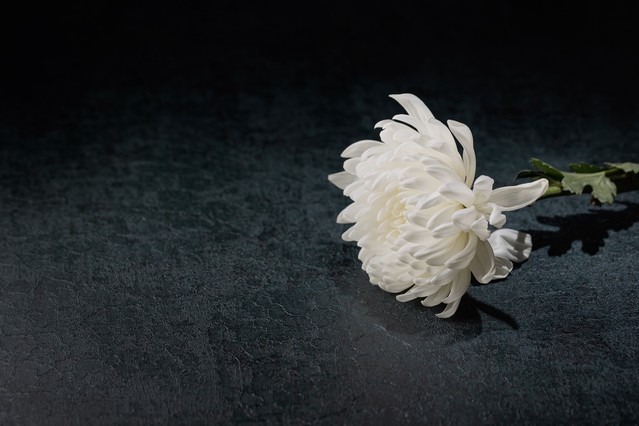



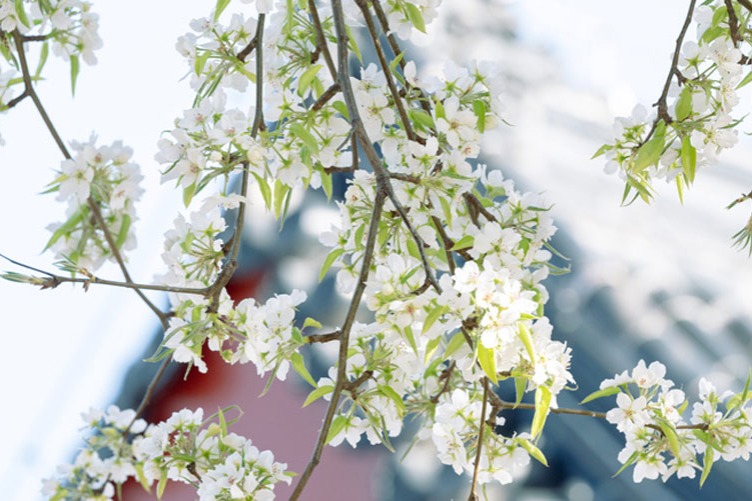
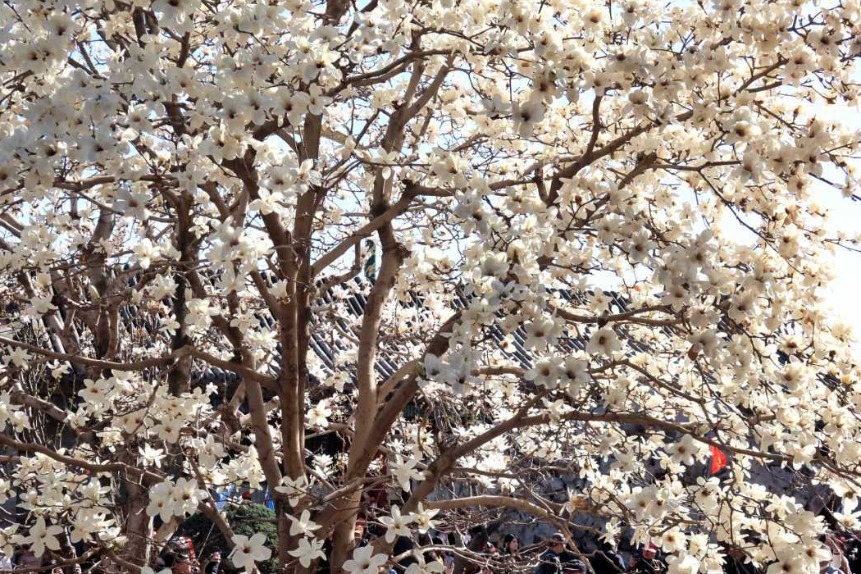
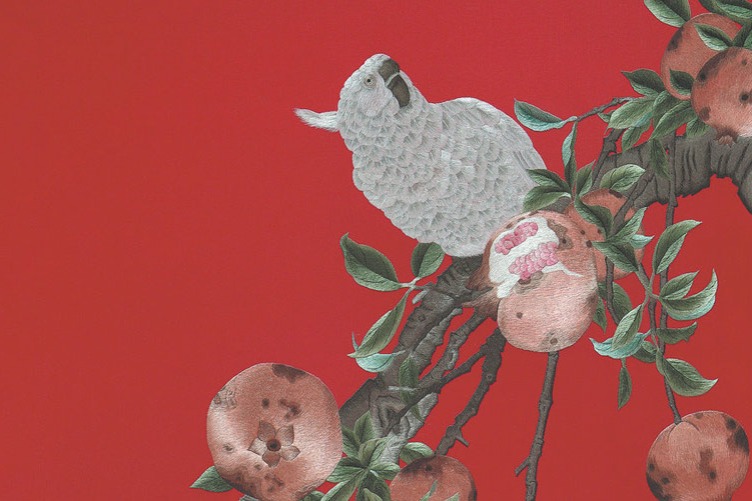
 英语点津微信
英语点津微信 双语小程序
双语小程序